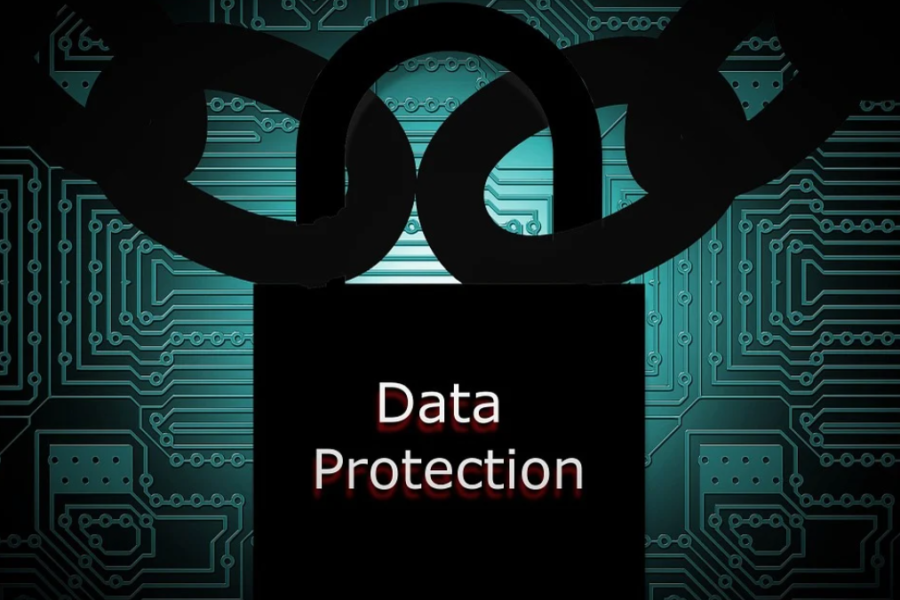One of the main digital world tasks is confidential information protection. This is a large and complex task, that can also be complicated by poor data management, poor network security, endpoint protection, and encryption methods. To prevent the growing number of cyber-attacks, it is necessary to use more powerful cyber security methods.
Both organizations and individuals need to know the basic methods of protecting sensitive data to avoid leakage and loss. The loss of personal or corporate data can be devastating and have serious consequences.
Confidential information is sensitive information that requires a higher level of data security to prevent unauthorized access by hackers or malware. Such data is usually protected and inaccessible to unauthorized persons. There are cybersecurity and data protection standards that are set in the USA by the Federal Trade Commission (FTC), in Europe – by the General Data Protection Regulation (GDPR), Australia – by the Australian Cyber Security Center (ACSC).
Confidential data may include:
- Personal data (PII);
- Financial, banking information, including credit card information;
- Legal information;
- Medical information (PHI);
- Biometric data;
- Data about clients and employees;
- History of visiting the Internet;
- Trade secret;
- Data on business transactions;
- Secret government information.
Basic methods for protecting confidential information:
- Data classification and organization. Data classification refers to the process of organizing data into specific categories that make it easier to access, rank data by criticality, and reduce storage and backup costs. Data organization allows to determine data risk level (low, medium, high), determine public and private information, and apply appropriate security measures for each level of confidentiality. The classification policy allows to assess the use of sensitive data, ensure better privacy and data protection.
- Data encryption. The method is to encode the data by cryptographers using complex algorithms and ciphers to protect the data from theft or disclosure. If the encrypted data is stolen, it is almost impossible to decrypt it without the decryption key. Data encryption provides confidentiality during information transfer and allows for authentication processes. Companies that work with particularly sensitive data should use an encryption method.
- Personal Data Protection Impact Assessment (DPIA). These are operational tools to protect corporate information that carries a high risk of personal information disclosure. Under the DPIA, organizations must:
- Determine the nature, scope, context and purpose of data processing;
- Assess risks;
- Define measures for each risk;
- Ensure that security processes comply with regulatory requirements.
- Data masking (obfuscation) is one of the ways to protect data by replacing the original data with fictitious ones. Data masking is also used internally to hide information from developers, testers, and others.
- Multi-factor authentication. Using a password and authentication is one of the easiest security methods. The data of large corporations quite often end up on the dark web. Corporate users can use multi-factor authentication to protect sensitive information.
- Backups. The foundation of all security solutions is data management and backup. Backup should be performed at least once a week.
- Strong network security. This involves the use of many different security solutions to better protect sensitive data from theft and unauthorized access. Tools to improve security:
- Software to protect against viruses and malware;
- Data Leak Protection (DLP);
- Intrusion detection system (IDS) and intrusion prevention system (IPS);
- Firewalls;
- Virtual private networks (VPN);
- Network segmentation;
- Secure data removal tools.
